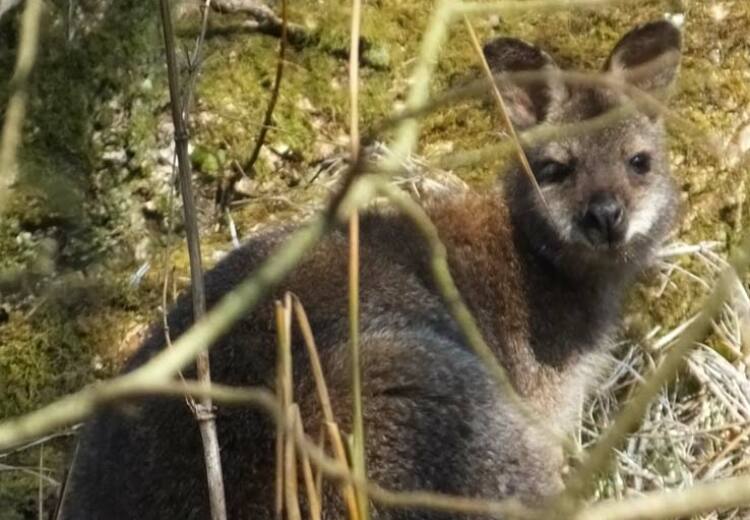THE world's largest land slug species has been re-found in the Island after a gap of more than a century.
The Ash Black Slug (Limax cinereoniger), which can grow up to 30cm, was discovered near Glen Auldyn.
The species was last recorded in the same site in 1905 when specimens were sent to the Manx Museum.
The slug grows in ancient oak woodlands with a constant high humidity.
It feeds on algae and fungi and rests during the daytime under large fallen logs. The majority of adults only reach 20cm in length, but larger giant specimens have been found.
It is dark grey with a pale wavy crest running the length of its back.
The slug was re-found in a deep wooded ravine with mature oak trees by Keith Alexander, a British invertebrate expert.
A statement from the Manx Wildlife Trust said this is a clear indicator that this site is one of the 30 relic woodland sites identified by the Wildflowers of Mann Project.
It said: "These relic oak and hazel woodlands are the Island's ancient woodlands, survivors of time when woodland had been cleared from most of the Island.
"A few species of slug and snail are good indicators of these ancient relic sites with a tiny chrysalis snail and the brown snail found in sites such as Ballure glen and Glen Roy confirming these sites, which had initially been identified by their specialised wildflowers, as important relic sites.
"A closer look at the data is now giving a clear indication that there are eight or nine sites on the Island including Glen Maye and Dhoon Glen that contain very significant relic woodland features.
"The Wildflowers of Mann Project will be publishing its results and analysis in a full report 'Oak/Hazel Woodlands of the Isle of Man' this autumn."








